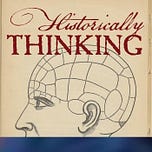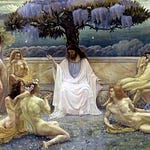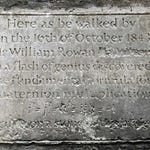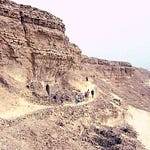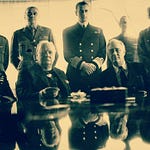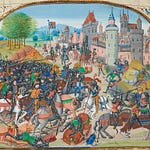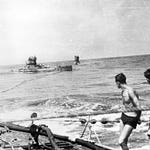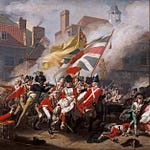Originally published on May 13, 2024 (Episode 360)
Introduction
The Paris of the Belle Époque dazzled with grandeur and innovation, but beneath the glitter lay deep fractures. Modernity, which the city both exemplified and advanced, could be both celebrated and the source of anxiety–sometimes by the same person at more or less the same time, certainly by the same person at different times.
As my guest Michael Rapport writes, “The glories of the Belle Époque were real enough… but they tell only one side of the story. The era was also riven by political conflict, crackling with social tension, and fraught with cultural friction. And, of course, it ended with the industrialised carnage of the First World War in 1914.” This is a conversation about both the fractures and the glories.
About the Guest
Michael Rapport is Reader in Modern European History at the University of Glasgow. He has written widely on France and Europe in the age of revolution; his most recent book is City of Light, City of Shadows: Paris in the Belle Époque, which is the subject of our conversation today.
For Further Investigation
Michael Rapport, City of Light, City of Shadows: Paris in the Belle Époque (Basic Books, 2024)
—, 1848: Year of Revolution (Basic Books, 2010)
—, The Napoleonic Wars: A Very Short Introduction (OUP, 2013)
—, The Unruly City: Paris, London, and New York in the Age of Revolution (Basic Books, 2017)
Related Episodes
Zola reading lists: chronological order, Zola’s own sequence, a 5-novel list, 10-novel list, and 20-novel list
💬 Listen & Discuss
Was the Belle Époque more glittering triumph or simmering crisis? What modern myths about Paris still echo from that era? Share your thoughts in the comments—and maybe pass this along to someone who insists Paris is always the “City of Light.”

